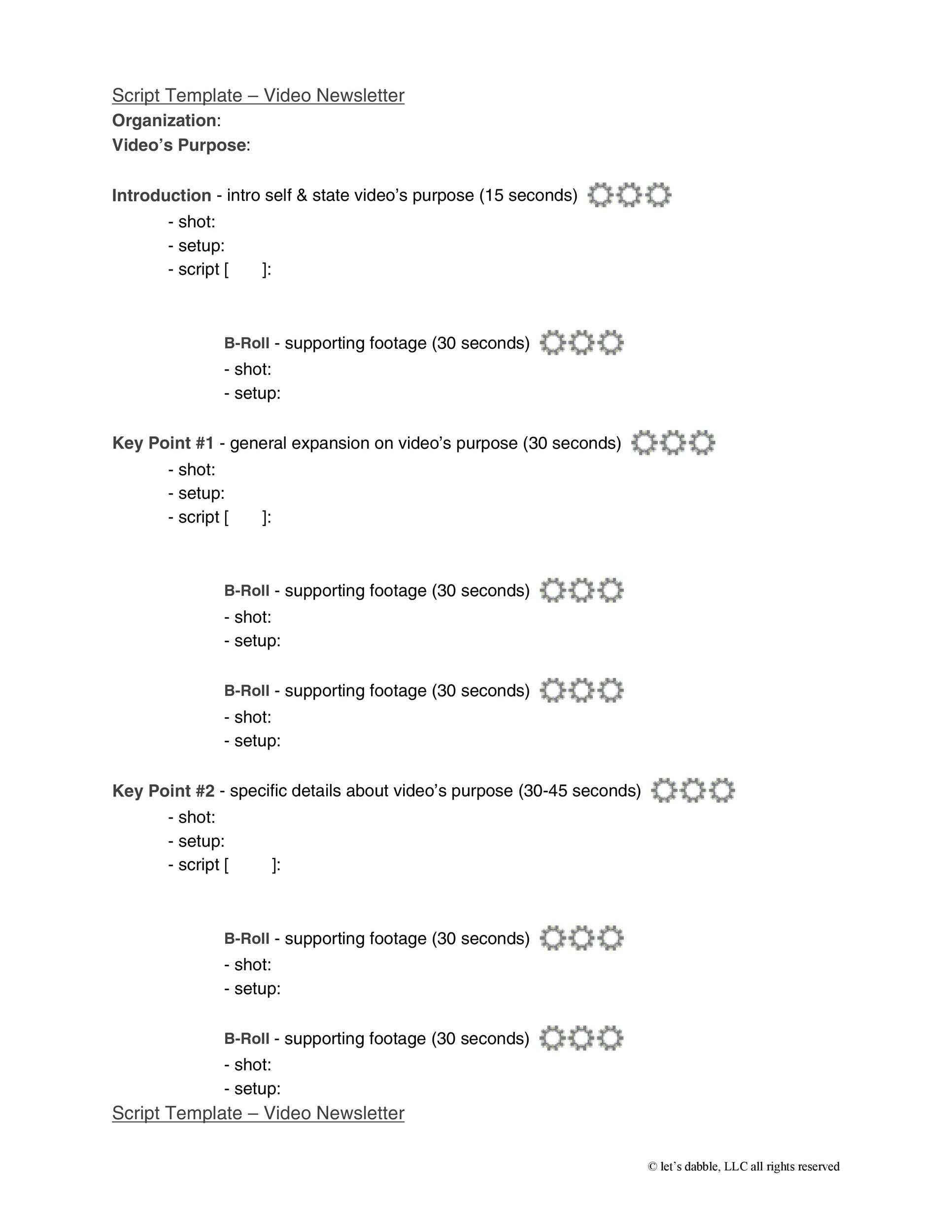

Each frame is assigned a label, and the playhead is moved from one screen to another simply by calling gotoAndStop(“framelabel”). The content for each screen is fit into a frame, with one frame corresponding to one screen. One technique to manage application state is to use keyframes as a way to navigate to individual screens. Using Keyframes to Manage Application State The organization that the layers give you is retained when frames are copied from the main timeline and pasted into the new movie clip instead. You could have done this here as well, but you would have lost the layer setup. In previous Try It Out exercises, new movie clips were created using the Convert to Symbol command. You should end up with an arrow right underneath the Home button in the main menu. Use the two stage guides to help align the movie clip in the top-left corner. Click the empty keyframe on the Home Screen layer, and then drag the screen_home movie clip from the library to the stage. Create a new layer, and drag it between the Header layer set and the Script layer. Click the Home layer set to select it, and then click the delete icon just below the timeline. With all of the content still selected, open the properties panel (Window Properties) and set the x position to 25 and the y position to 50.ĩ.

Click the only empty keyframe on the timeline. Drag the screen_home movie clip from the library to the screens/home folder.ħ. Give the new symbol the name screen_home, and make sure that the Movie Clip radio button is selected. Select New Symbol from the tools menu on the top right of the library panel. You can also click the keyframe for the first layer, and then hold down the Shift key and click the keyframe for the last layer.ĥ. Select the keyframes for all the layers within the Home layer set by dragging across them. (You can return to the main stage by clicking the Scene 1 button just above the timeline.)ģ. Make sure that you are looking at the main stage and are not in edit mode for any movie clips. Open the completed portfolio.fla file from the preceding Try It Out, or open portfolio.fla from the book’s source files at /Chapter 6/portfolio v2/.Ģ. In this exercise, you take a group of content on the main timeline and place it in its own movie clip.ġ. The base timeline contains fewer layers, and becomes easier to work with. Manipulating an entire screen programmatically involves manipulating a single movie clip using ActionScript. Moving a screen involves moving just a single movie clip. Here are several reasons why using a container movie clip is a good thing: A single container movie clip can be more easily manipulated than a spread-out group of movie clips can. To simplify management of each screen, group related content together in one movie clip. This is generally not a good idea because it makes managing the site increasingly difficult as more screens are needed and more layers are added to the main timeline. In the preceding Try It Out, the home screen had all of its content directly on the main timeline. In addition, whenever a new featured photo is to be shown, the bitmap needs only to be swapped within the one movie clip and all button states will get the new image. You applied a simple color effect to the down state, which was possible because the image was wrapped in its own movie clip. A button movie clip allows graphics for up, over, and down button states to be included in the button. The featured photo bitmap was placed within a movie clip, which was then placed within a button. (You find more about blending modes in later in the book.) If you are working with the Macromedia Flash 8 development environment, you will also see a blend drop-down menu that enables you to set how the movie clip blends with the content behind the clip. The color drop-down allows color and transparency effects to be applied. The instance name text field enables an instance name to be given to the clip so that ActionScript can be used to manipulate the clip. Two of the differences in properties were the instance name text field and the color drop-down.

You looked at the properties panel for the bitmap image and for the image once placed within a movie clip. By placing the bitmap image in a movie clip rather than just placing it directly on the stage, it allows the possibility for it to be animated in the future. There was no particular need to place it in a clip now, but part of setting up a project is to plan for possible changes. The header image was imported, placed on the stage, and then placed in its own movie clip. This example acquainted you with importing images, preparing them for the stage, and keeping them organized.


 0 kommentar(er)
0 kommentar(er)
